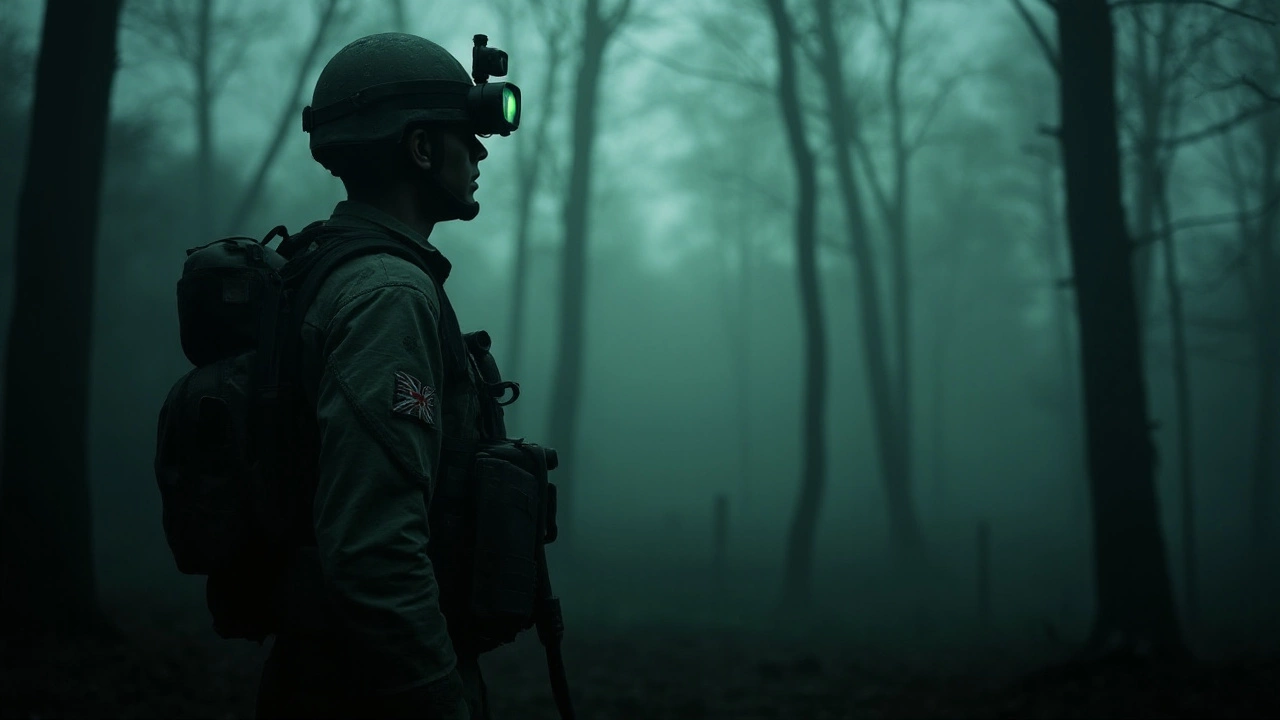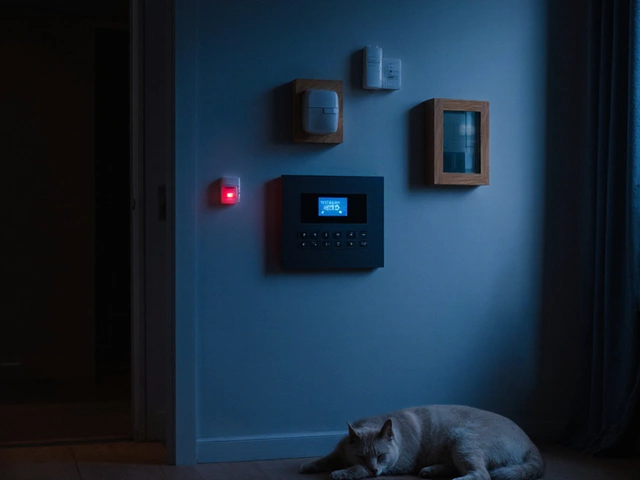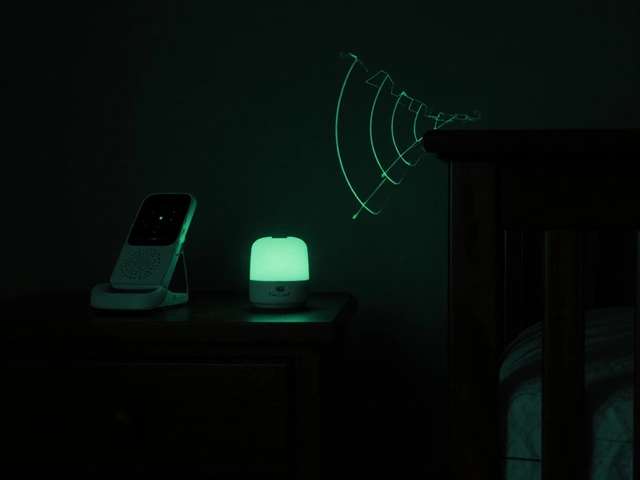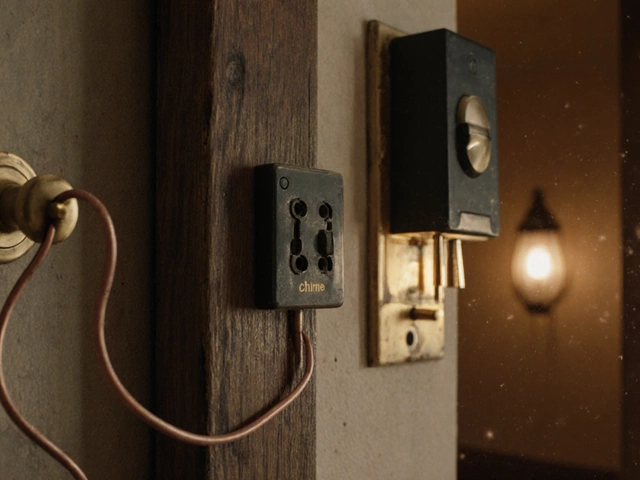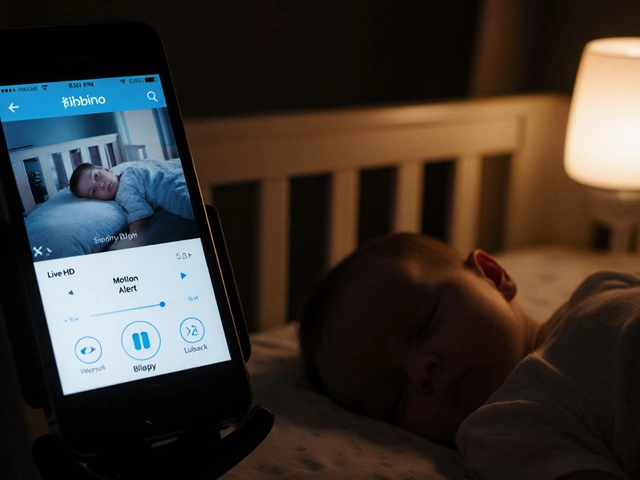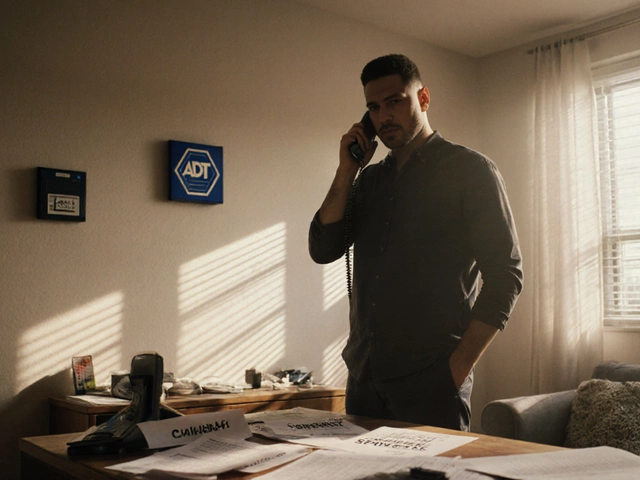Darkness and Home Security: Essential Tips to Stay Safe at Night
When the sun sets, the risk of a break‑in can creep up. Darkness isn’t just a lack of light—it’s an advantage burglars love to exploit. Knowing how to fight back with simple, affordable steps can turn night into a non‑issue for you.
Light Up the Perimeter
First thing’s first: add visible light where it matters. Motion‑activated floodlights on side doors and backyards scare off intruders the moment they step into the yard. Even a cheap LED strip under your front porch steps makes a huge difference. The key is to avoid blind spots—place lights so they cover all entry points, including windows that sit low on the ground.
Don’t forget indoor lighting. A timer‑controlled lamp in the hallway or living room gives the impression someone’s home, even when you’re away. If you have a smart home hub, set it to flicker a few lights at random intervals; it’s a cheap way to keep thieves guessing.
Smart Sensors That Work in the Dark
Traditional PIR motion sensors rely on heat signatures, which can be less reliable in colder nights. Upgrade to dual‑tech motion detectors that combine PIR with microwave technology. These sensors can spot a person even if they’re trying to stay cool and quiet.
For doors and windows, battery‑powered smart sensors send instant alerts to your phone, no matter how dark it gets. Pair them with a video doorbell that works without a phone line—many modern units run on cellular or Wi‑Fi and keep recording when motion is detected, even if your internet drops.
And if you’re worried about power outages, look for devices with built‑in backup batteries. A short‑term power loss won’t silence your alarm, and most systems will send you a notification if they switch to backup mode.
Keep the Darkness on Your Side
Ironically, you can also use darkness to your advantage. Trim trees and bushes that could hide an intruder near windows or doors. The less cover there is, the more visible a prowler becomes in low light.
Consider adding black‑out curtains to rooms that face the street. While they block interior light from spilling out, they also prevent inside‑out visibility, making it harder for a thief to gauge whether someone’s home.
Lastly, talk to your neighbours. A neighborhood watch that’s active after dark can act as a human floodlight. Simple gestures like sharing a quick text when you see suspicious activity can stop a crime before it starts.
Darkness doesn’t have to be a security weakness. With the right lighting, smart sensors, and community awareness, you can make the night as safe as daytime. Start with one inexpensive floodlight today, and watch how quickly your home feels more protected.

